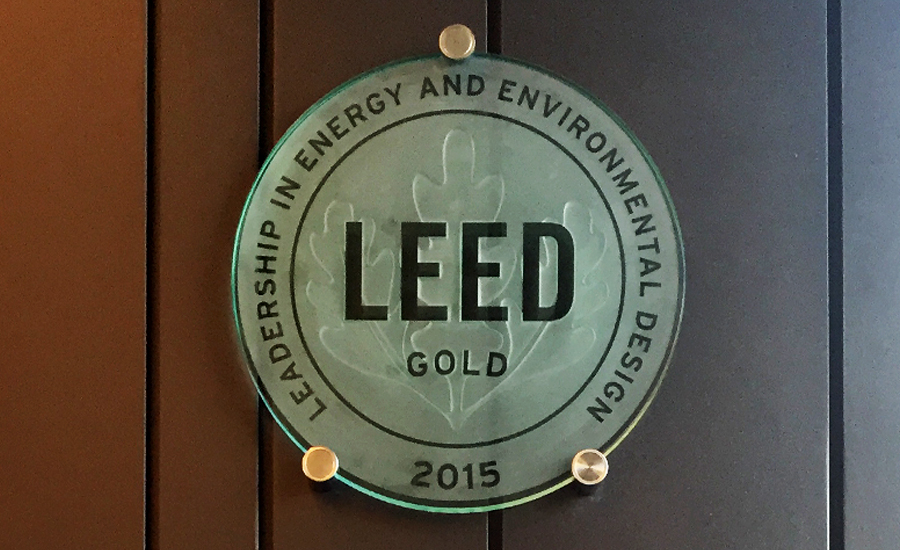Have you ever been asked to design or construct a project "to LEED's standard" without actually submitting for certification? This can initially sound like an attractive idea to a client. After all, as long as the owner knows the project is aligned with LEED, why pay the funds to get a plaque on the wall?
Lack of Accountability with LEED Equivalent
The problem is, an owner has little assurance that a LEED equivalent project is truly aligned with the standard. The phrase "LEED equivalent" is a misnomer because there is an inherent lack of accountability in the absence of a third-party review. Most people will still assemble complete and accurate documents. A few may cheat the system. And a lot of people will get a little lazy and cut a few corners that they consider to be innocuous.
Without a third-party review, there is no way to ensure that the owner is receiving the LEED equivalent project they think they are paying for.
Put the Certification Review Fees in Perspective
The numbers can vary considerably due to a variety of factors, but it may cost over $100k to "get the plaque on the wall." Yet, only a small proportion—oftentimes around 15 percent—of that money goes toward GBCI's third-party certification review of the project's design and construction. The other 85 percent goes toward the soft costs —after all, the project team needs to do much more than code minimums in order to achieve LEED. Moreover, the project team needs to prove it.
The "Elevator Pitch" for the Plaque
In case anyone asks, here are just a few of the bare minimum achievements that the "plaque on the wall" ensures the owner of a new building:
- Fundamental commissioning and verification of the building's mechanical, electrical, plumbing, and renewable energy systems and assemblies.
- Implementation of strategies to reduce energy consumption throughout the project along with a robust energy modeling exercise to demonstrate a marked improvement in the project's energy performance over the code minimum.
- Implementation of strategies to reduce water consumption inside the building and throughout its site.
- Installation of building-level metering to measure energy and water use throughout the project.
- Implementation of intelligent ventilation design strategies to help maintain good indoor air quality during all stages of the building's operation—including monitoring systems to make sure everything is working as it should.
If Truly LEED Equivalent, There is Little to Save but Much to Gain
If a project is earnestly pursuing LEED without submitting for the third-party certification review, the vast majority of the soft costs should already be paid for. In the interest of protecting its investment, why then would the owner not consider putting the project team's money where their mouth is and submit the work to a third-party review to better ensure the owner gets what they think they are paying for?

